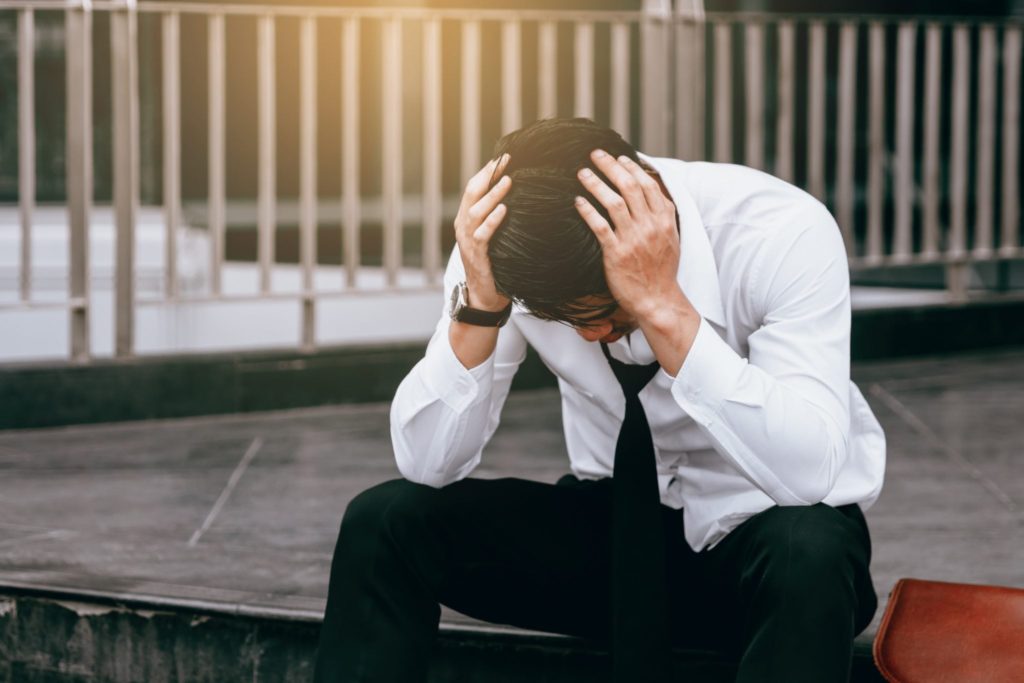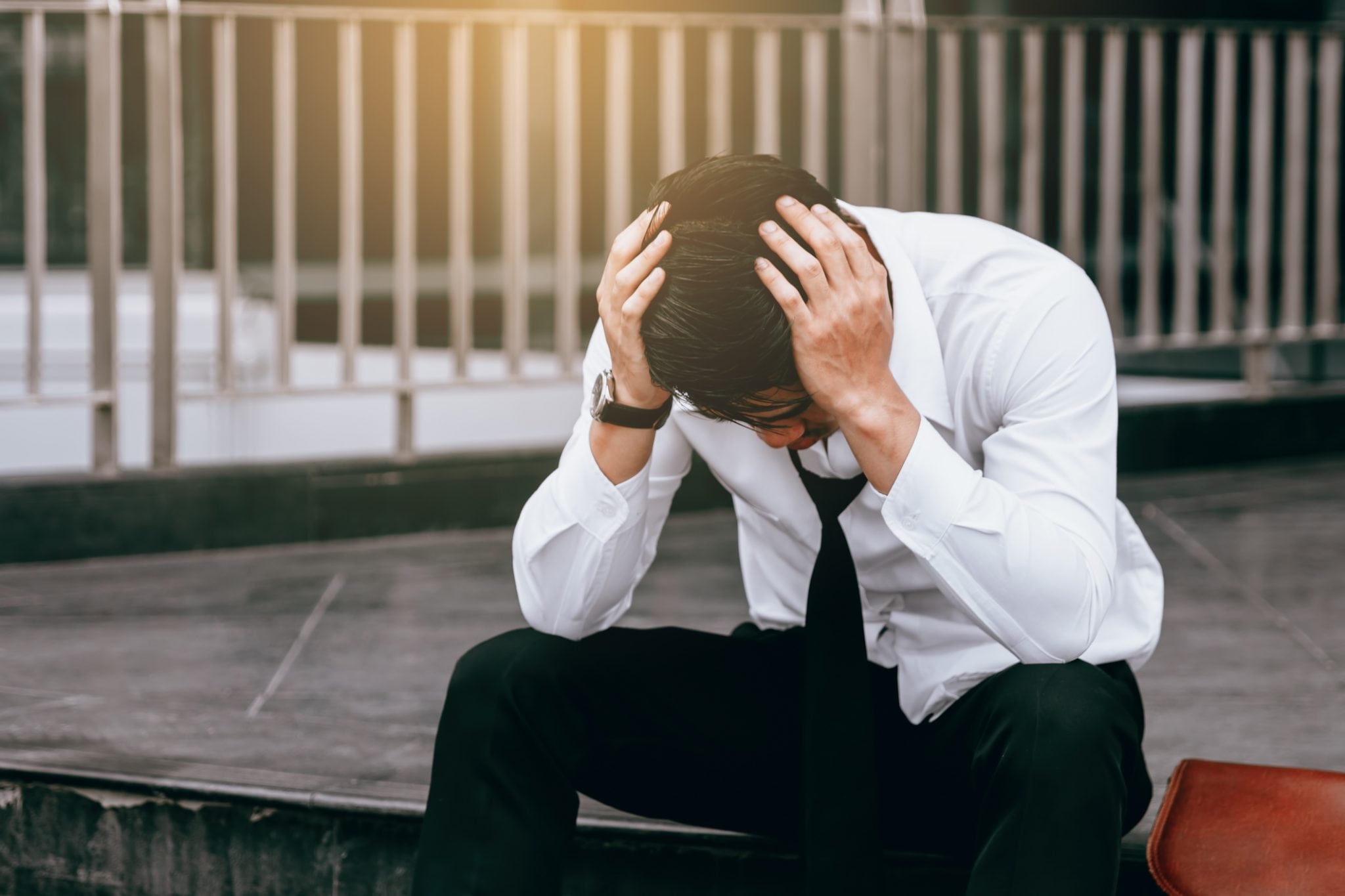Panic is an overwhelming feeling. We most of the time fail to understand how it is affecting the individual. We humans are cruel and so more often we laugh when we encounter someone having a panic attack in front of us because it does not seem “normal” to us. But have we ever tried to understand why they act like that? Are they doing it on purpose? Or are they just a bunch of people who need attention?
Let us today know about PANIC ATTACKS. What they are? Why they occur and how can they be possibly controlled.
Panic is a sudden sensation of fear, which is so strong as to dominate or prevent reasons and logical thinking, replacing it with overwhelming feelings of anxiety and frantic agitation consistent with an animalistic fight-or-flight reaction. Panic may occur singularly in individuals or manifest suddenly in large groups as mass panic (closely related to herd behavior). So this intense wave of fear characterized by its unexpectedness and debilitating, immobilizing intensity makes your heart pound, you can’t breathe, and you may feel like you’re dying or going crazy. Panic attacks often strike out of the blue, without any warning, and sometimes with no clear trigger. They may even occur when you’re relaxed or asleep.
Now if you ever feel this way don’t be scared of people laughing at you or not understanding. Don’t worry about you being crazy, it is a disorder which could have happened for many reasons and it can be cured.
It is important to recognize the symptoms of panic attack and also try to arrest it as early as possible.
Look out for symptoms which include:
- Shortness of breath or hyperventilation
- Heart palpitations or racing heart
- Chest pain or discomfort
- Trembling or shaking
- Choking feeling
- Feeling unreal or detached from your surroundings
- Sweating
- Nausea or upset stomach
- Feeling dizzy, light-headed, or faint
- Numbness or tingling sensations
- Hot or cold flashes
- Fear of dying, losing control, or going crazy
It is important to note that panic attacks may happen once or can be recurrent. If recurrent then it may actually be the sign that it is PANIC DISORDER which needs constant therapy and guidance.

You may be suffering from panic disorder if you:
- Experience frequent, unexpected panic attacks that aren’t tied to a specific situation
- Worry a lot about having another panic attack
- Are behaving differently because of the panic attacks, such as avoiding places where you’ve previously panicked
Panic disorders seldom come alone. They are accompanied with some other disorders or symptoms. Like-
Anticipatory anxiety – Instead of feeling relaxed and like your normal self in between panic attacks, you feel anxious and tense. This anxiety stems from a fear of having future panic attacks. This “fear of fear” is present most of the time, and can be extremely disabling.
Phobic avoidance – You begin to avoid certain situations or environments. This avoidance may be based on the belief that the situation you’re avoiding caused a previous panic attack. Or you may avoid places where escape would be difficult or help would be unavailable if you had a panic attack. Taken to its extreme, phobic avoidance becomes agoraphobia.
At this point you must be wondering why do we get panic attacks and what is the basic cause of it. Before getting into the depth of the causes I would like to tell you that every individual is different. And so are their causes. It is rare to find two individuals to get a disorder (mostly psychological) for the exact same cause.
Moreover the exact causes of panic attacks and panic disorder are unclear, the tendency to have panic attacks runs in families. There also appears to be a connection with major life transitions such as graduating from college and entering the workplace, getting married, or having a baby. Severe stress, such as the death of a loved one, divorce, or job loss can also trigger panic attacks.
Panic attacks can also be caused by medical conditions and other physical causes. If you’re suffering from symptoms of panic, it’s important to see a doctor to rule out the following possibilities:
- Mitral valve prolapse, a minor cardiac problem that occurs when one of the heart’s valves doesn’t close correctly
- Hyperthyroidism (overactive thyroid gland)
- Hypoglycemia (low blood sugar)
- Stimulant use (amphetamines, cocaine, caffeine)
- Medication withdrawal
Now that we have sufficient knowledge about panic attacks and panic disorder we can look into some ways to deal with panics. It is necessary to identify the starting points of the panics so that it can be controlled then itself. It is also helpful to have family members know about useful techniques so that the individual suffering does not feel alone.
Psychotherapies are the best for panic disorders. Few therapies that can be effective are
- Cognitive Behavioural Therapy(CBT) – In this therapy the therapist will work with you in understanding your unique cause for panic and then help you alter that thought and reduce the panic attacks.
- Jacobson Muscle Relaxation Technique (JPMR)- It is time consuming but effective. This relaxation technique helps you to calm down your heart rate so that your body reduces the symptoms of panic and ultimately reverts from panic state.
- Rational Emotive Behavior Therapy (REBT)- It is a cognitive behavioral technique developed by Albert Ellis, Ph.D. REBT is known to be effective for the treatment a variety of anxiety disorders. The cognitive and behavioral techniques used in REBT have demonstrated effectiveness in treating panic disorder.
4. Panic-Focused Psychodynamic Therapy (PFPP) – This form of treatment for panic disorder based on certain psychoanalytic concepts have shown much effect. In general, these concepts assume that people are defined by early human experiences and those unconscious motives and psychological conflicts are at the core of current behavior. So they focus on those unconscious inner conflicts and aim at resolving them.
5. Applied Relaxation- This is a easy and quick relaxation technique which can be done any time and can be effective within minutes.
- Group Therapy- According to the American Psychiatric Association, the benefits of group therapy may include:
- Decreasing shame and stigma by providing experiences with others who have similar symptoms and difficulties;
- Providing opportunities for modeling, inspiration, and reinforcement by other group members; and
- Providing a naturally-occurring exposure environment for patients who fear having panic symptoms in social situations.
Next time we meet a person who seem weird to us let’s show a bit more sensitivity. If our friend, colleague or family member reports to feel dizzy, short of breath and /or uncomfortable all of a sudden let’s not bash them for being unreasonable but understand them and try to help them.
MindYog
Address: Signet Tower, 9th Floor, DN-2, DN Block, Sector V, Bidhannagar, Kolkata, West Bengal 700091
Phone: – 9051472400
